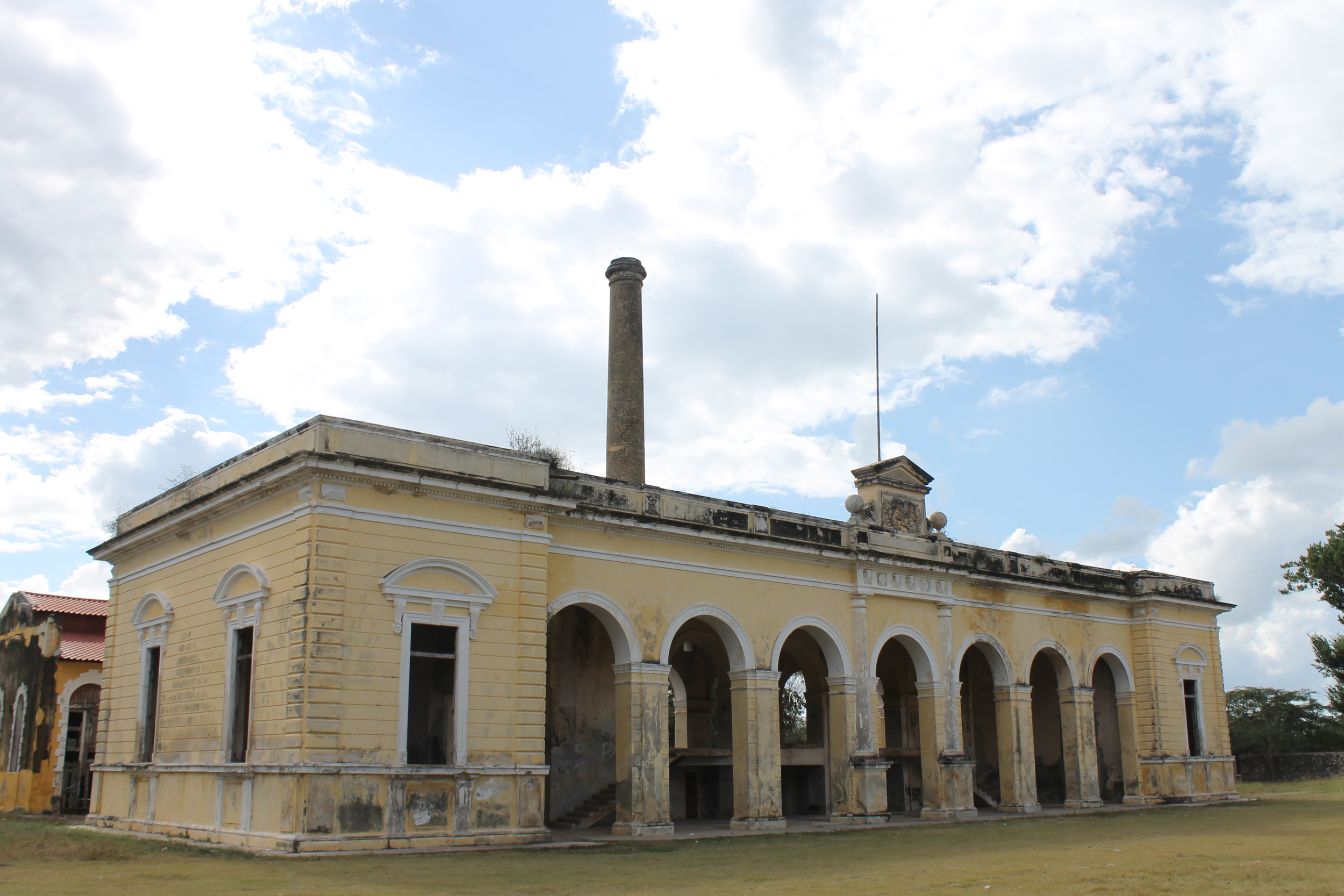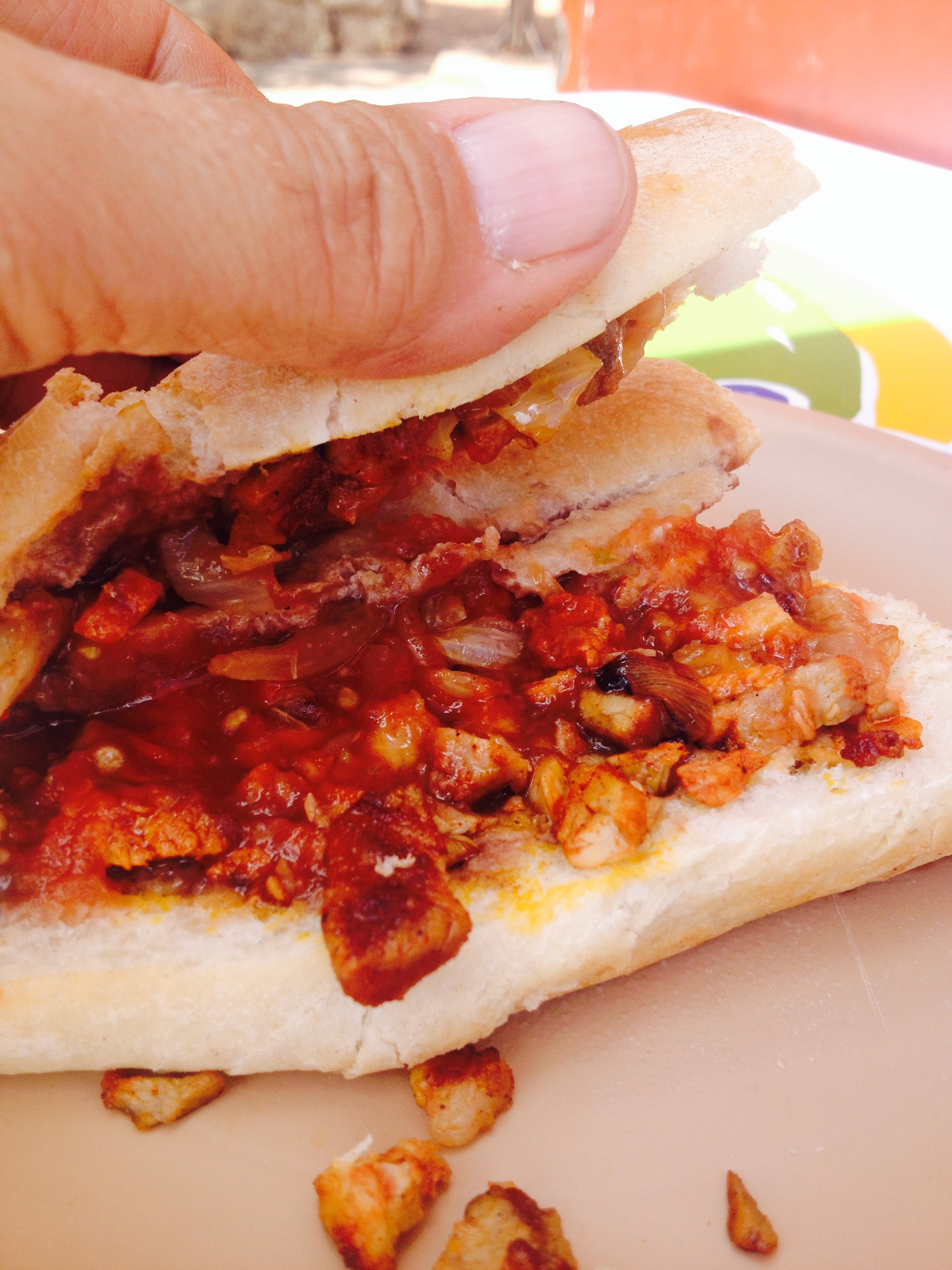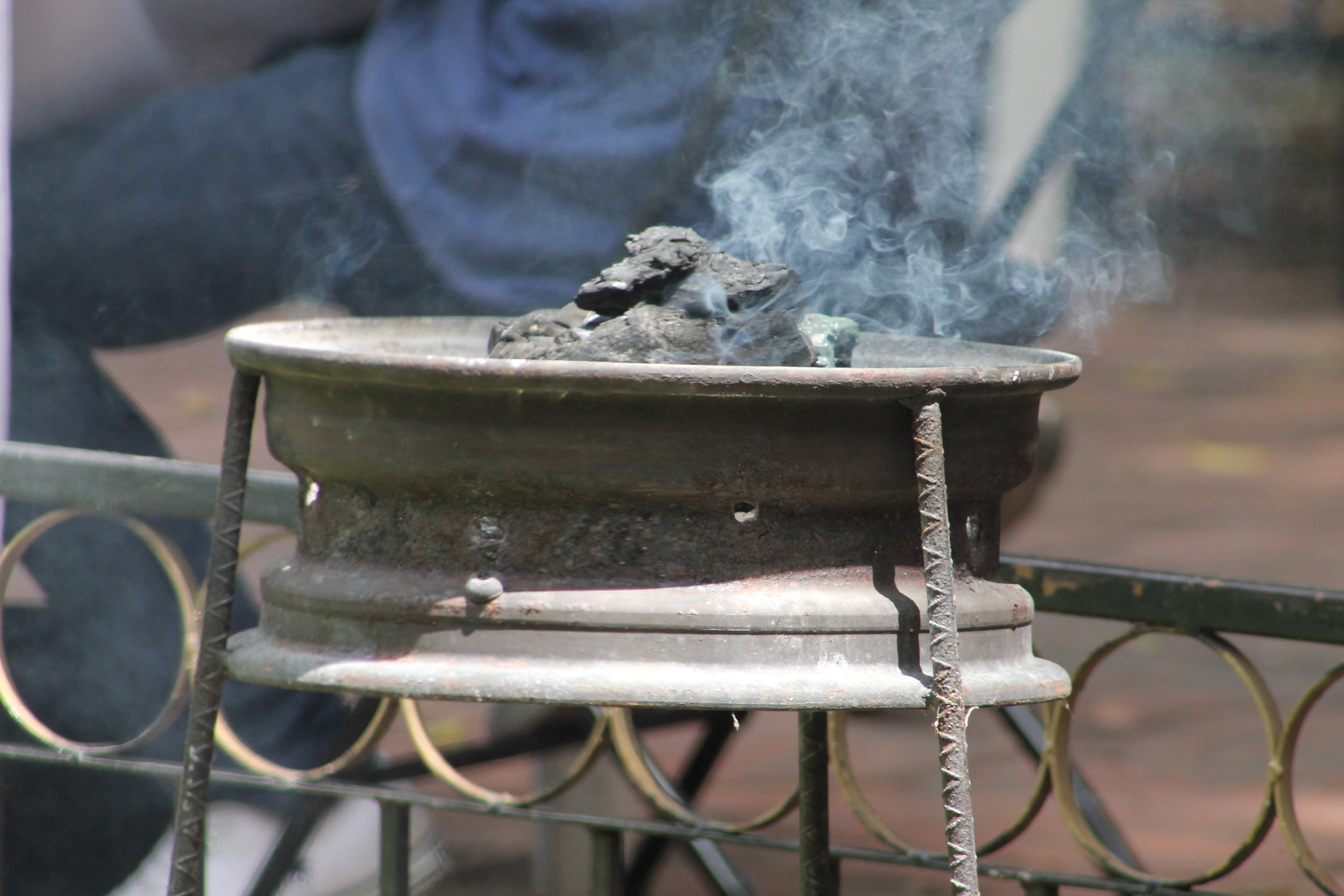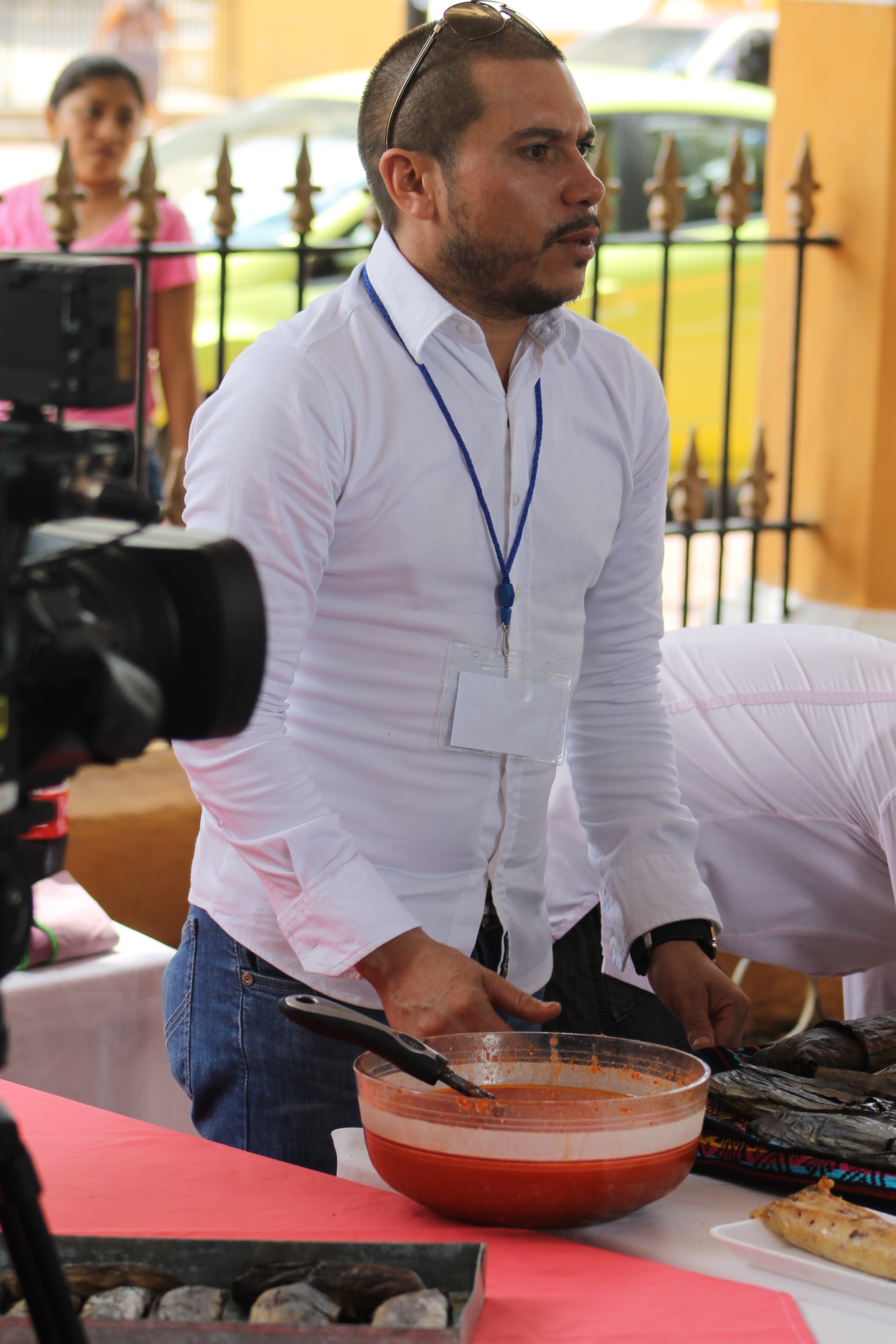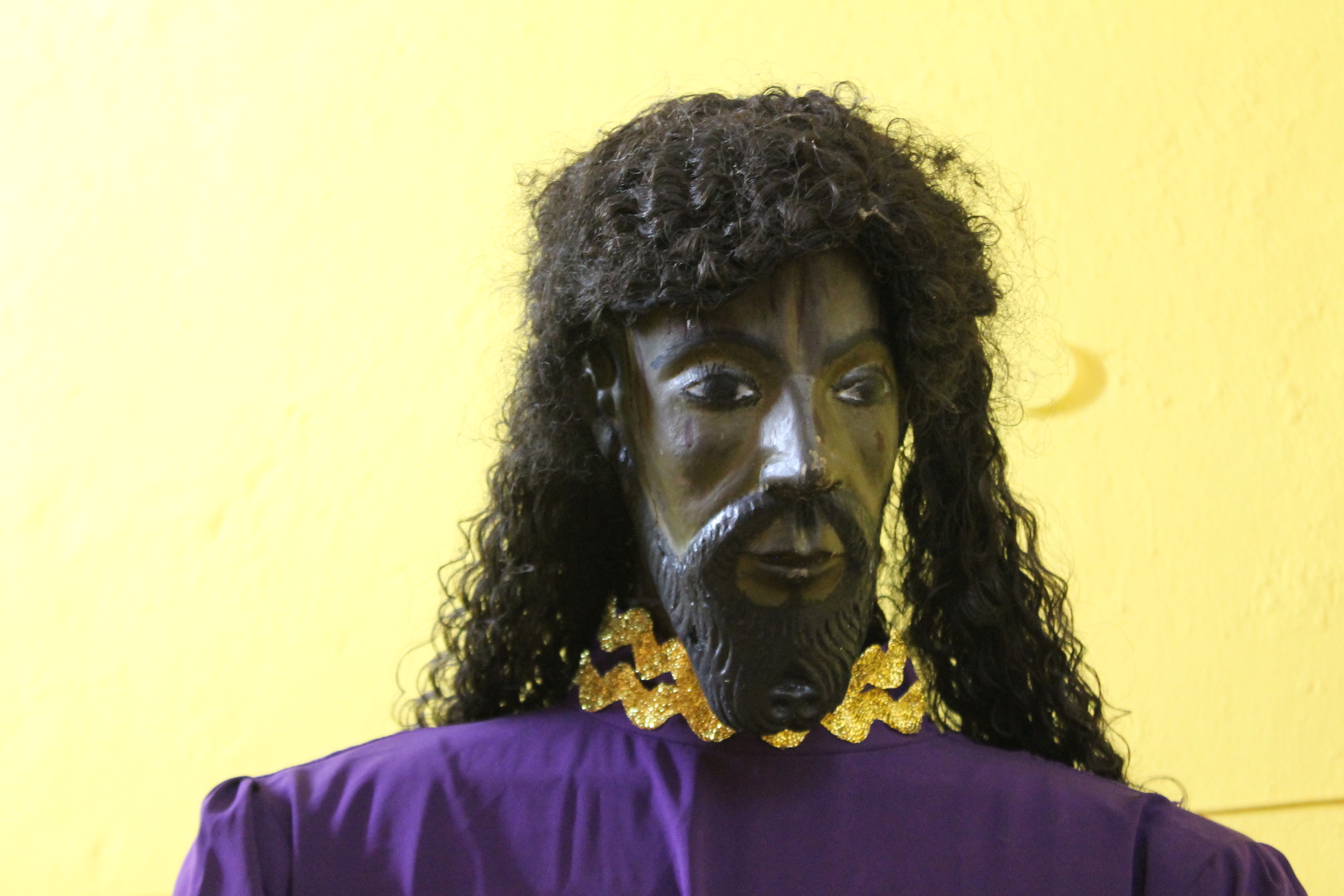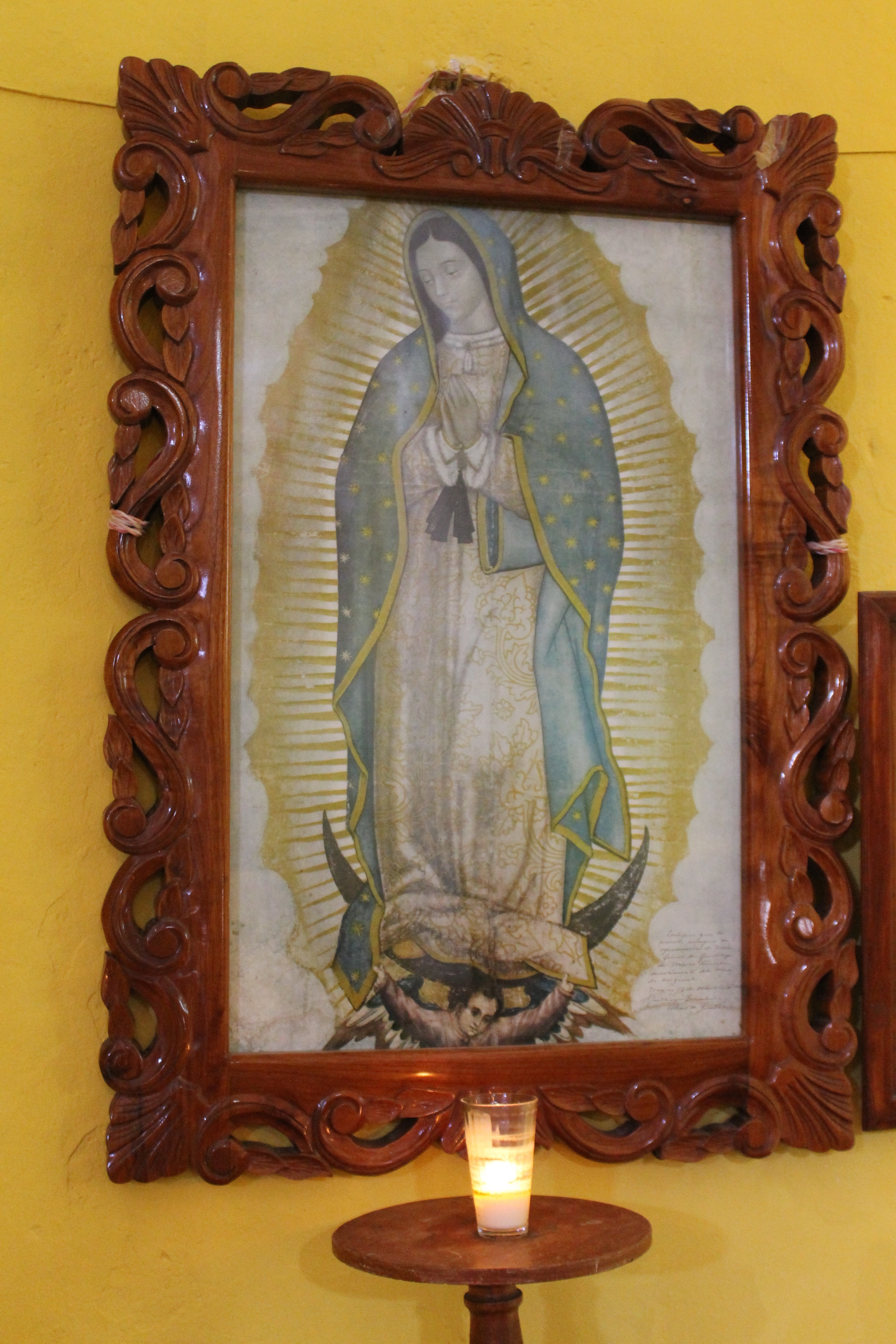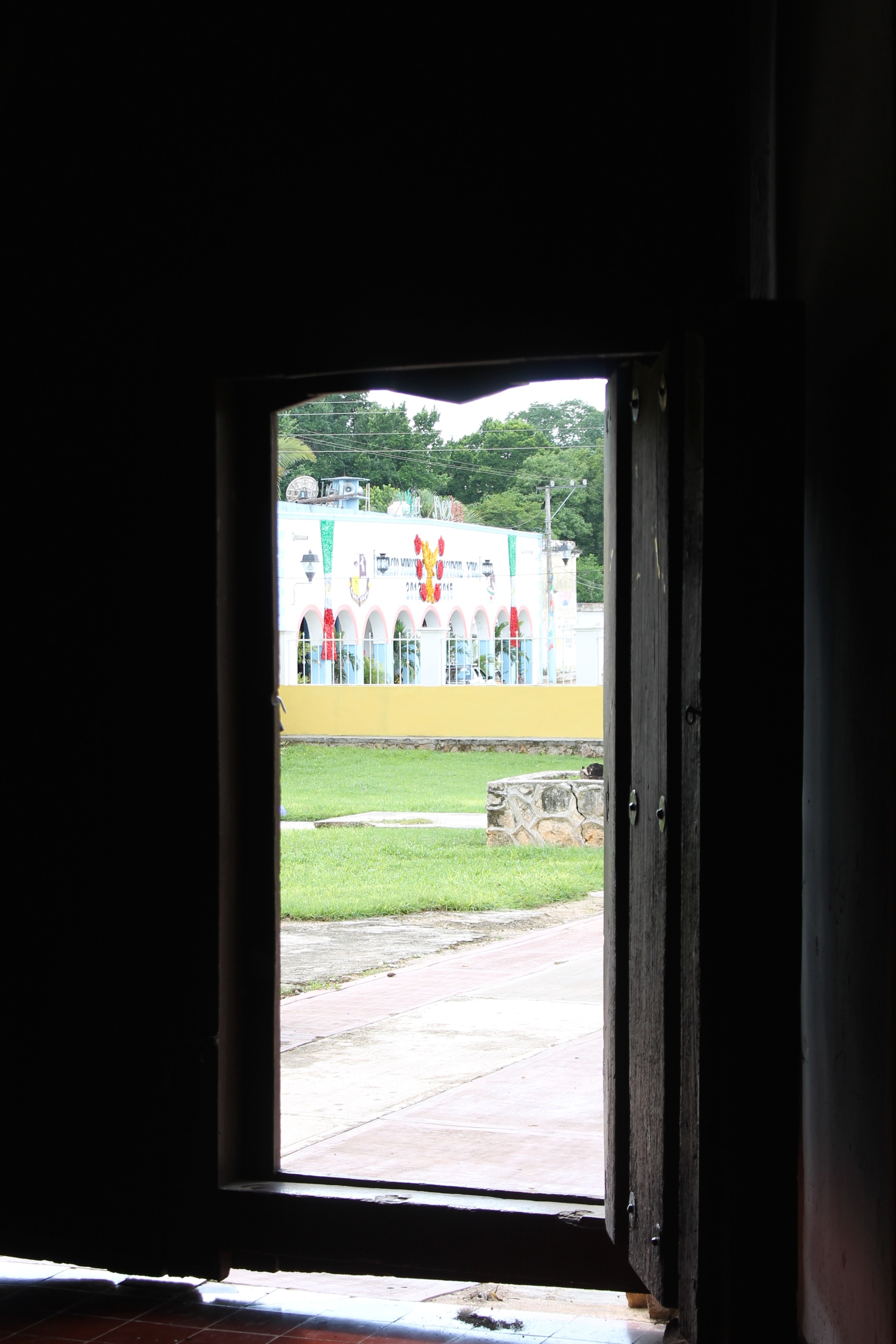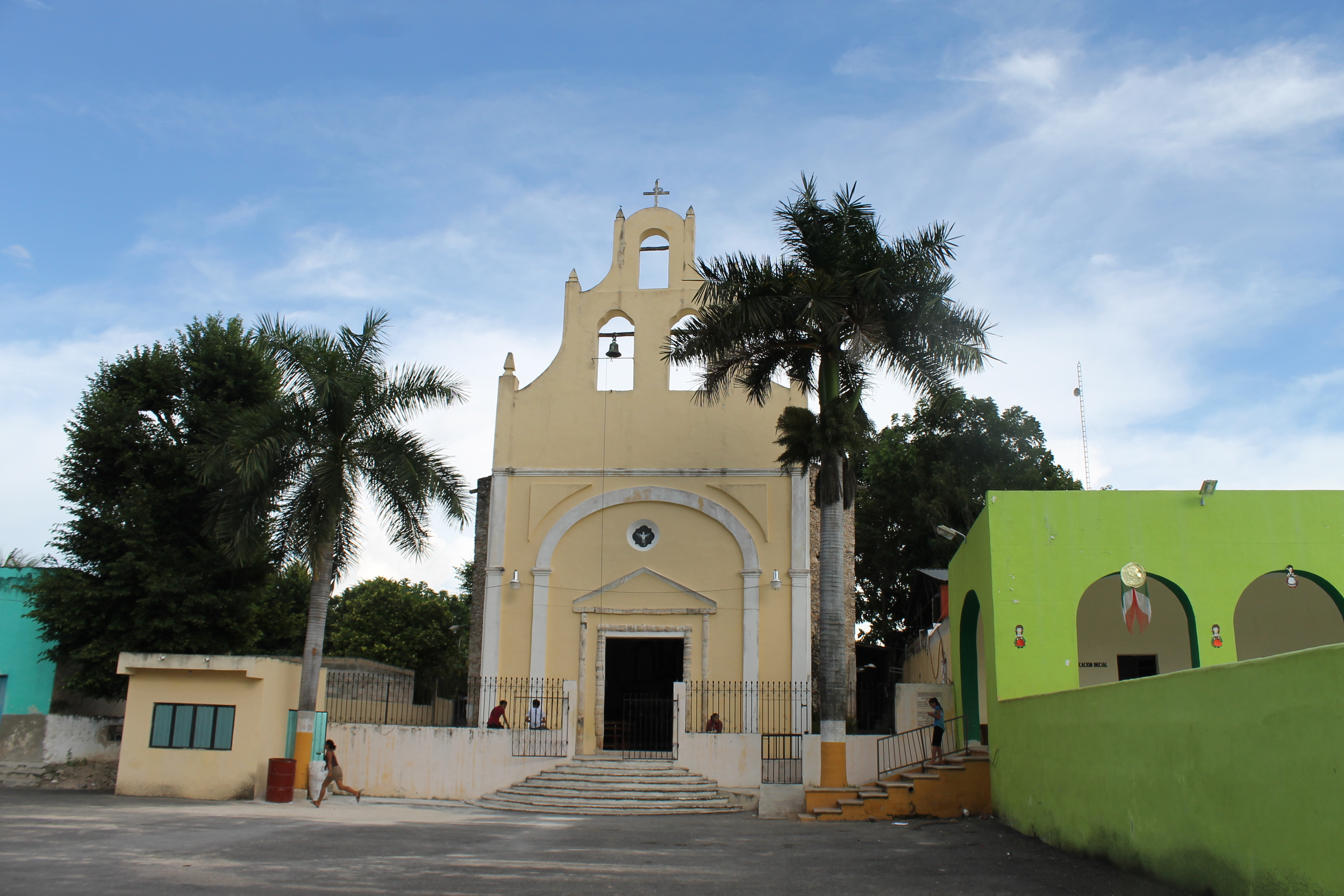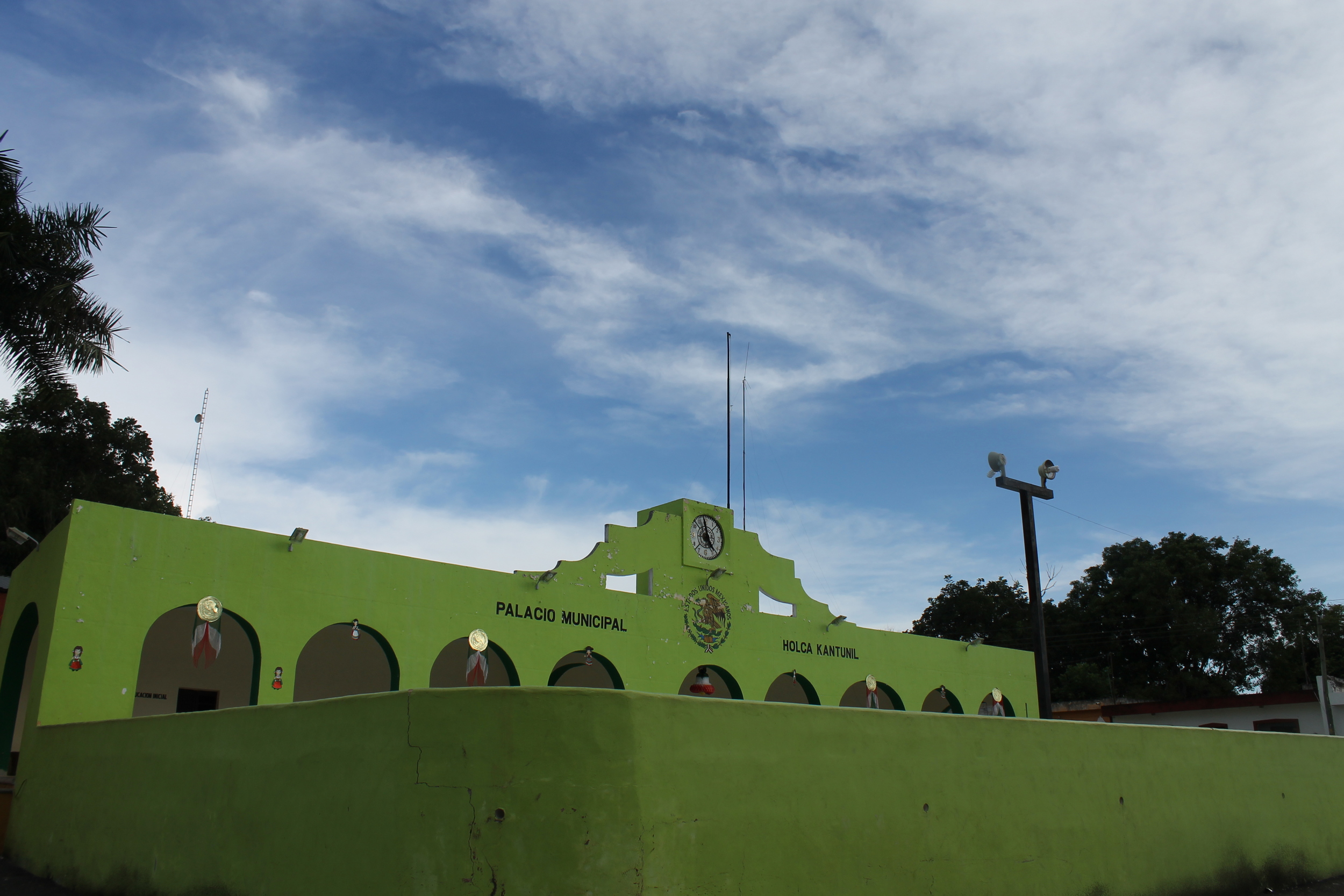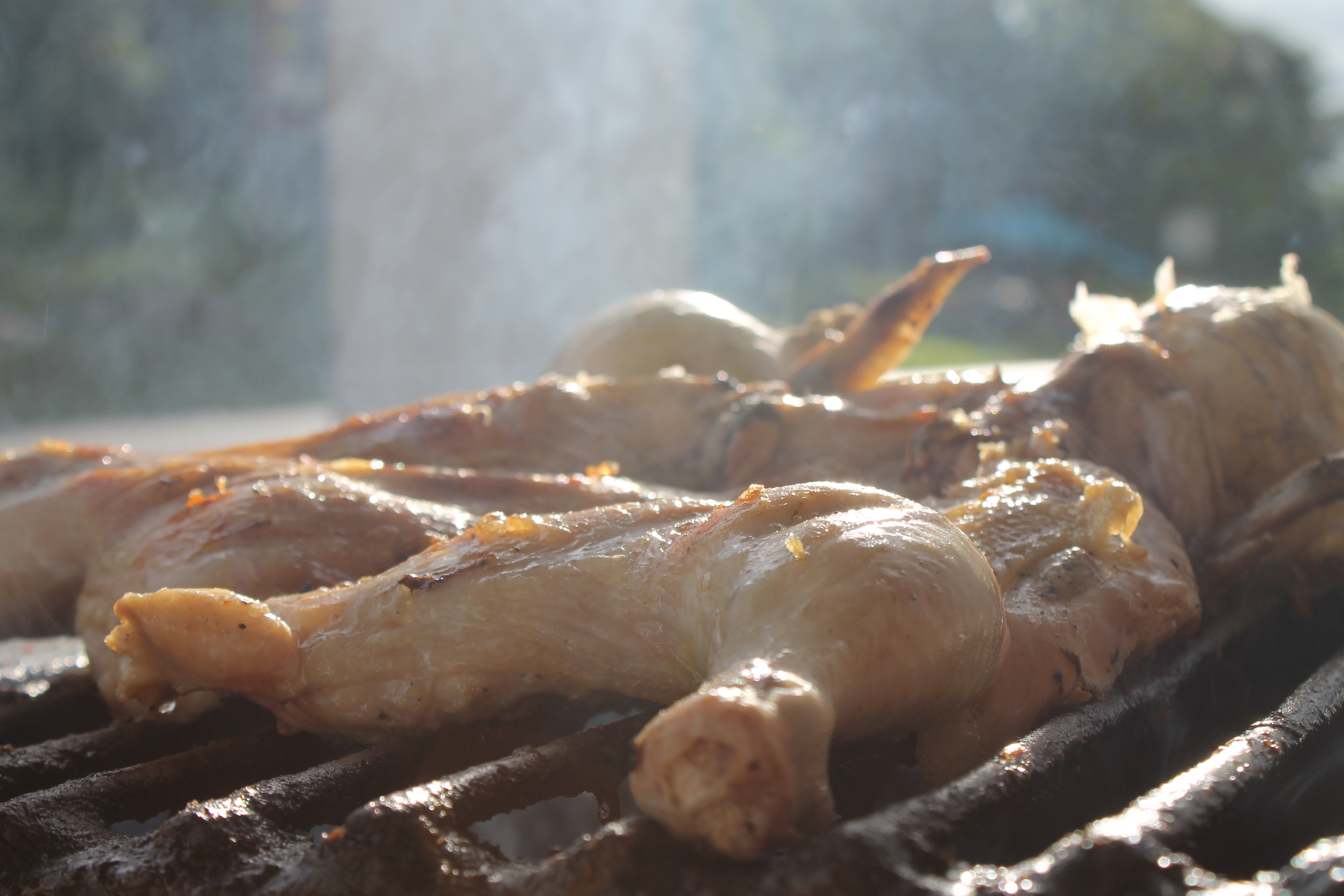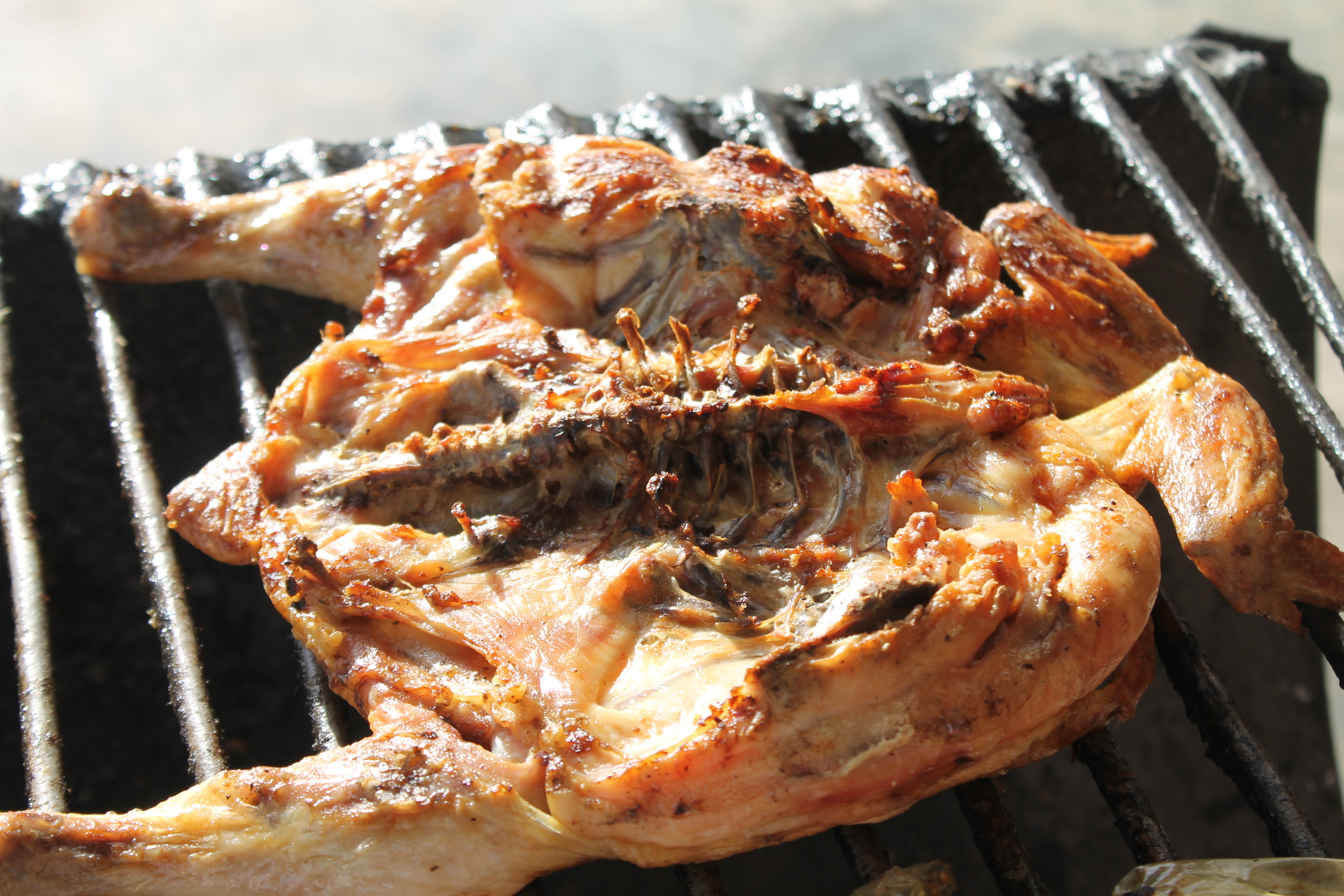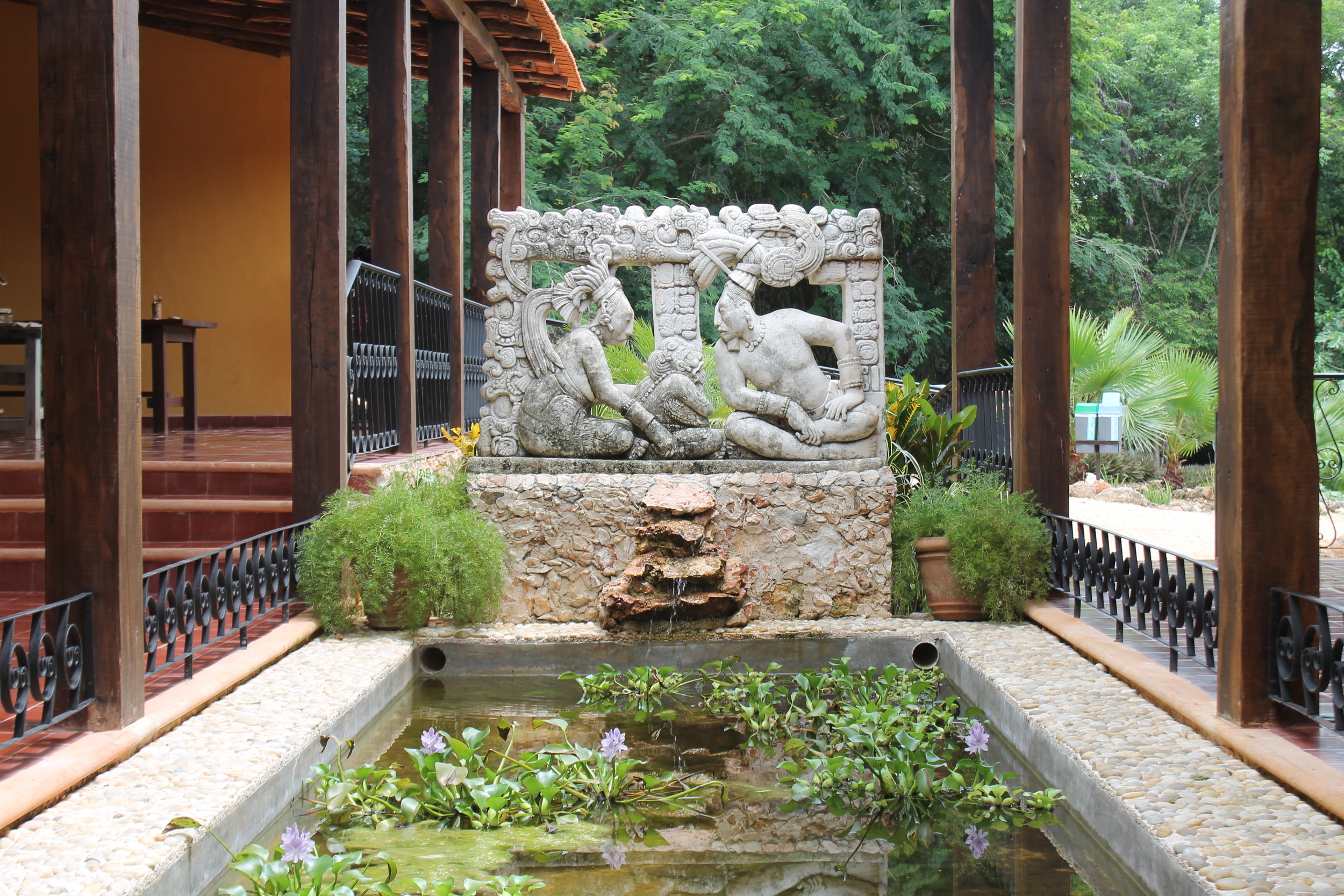Can you say Chanyokdzonot?
So much to photograph - Tahmek, Yucatan
From Maxcanu to Chunchucmil
An 'amateur' photographer and I took the route that goes from the formerly wealthy town of Maxcanu to the hacienda Chunchucmil where president and authoritarian Mexican de facto dictator Porfirio Diaz had a pleasant lunch hosted by one of the most prominent hacienda owners of the time and intimate friend of then governor Olegario Molina, Rafael Peón Loza.
An interesting note is that of all the money spent on the dictators 1906 visit to Yucatan, and of all the important people who came to attend the event, the whole Mayan thing was completely ignored, except to acknowledge their presence in pre-colonial times.
To introduce the Mayans, who knew little about the dictator of the faraway land called Mexico, to their illustrious leader, a neo-mayan arch was built, one of many under which Porfirio Diaz' procession would pass while entering the city of Merida. The neo-mayan arch featured the rain god Chaac, but whose face was made to resemble that of Porfirio Diaz. And at the luncheon in the Chunchucmil hacienda, a Mayan was called upon to welcome the dictator and express his gratitude for coming to the Yucatan and giving the Mayans of the area the opportunity to set their eyes upon his face. (De la imagen, al poder y la vanidad. Porfirio Díaz en la tierra de los Mayas - 1906. Dr. Jorge Victoria Ojeda)
This at a time when the Mayans were working in slave-like conditions at the haciendas/slave camps run by Molina, Peon and others who made their fabulous fortunes (which live on to this day in Merida thank you very much) on the whipped backs of the little brown people whose lives they have done nothing to improve (also to this day).
Magical Mystery Tour 5 - There and Back Again. Valladolid that is.
Valladolid and back.
There was a tourism fair announced for Valladolid and at the last minute, I decided to go. Too late for company and I always enjoy some stress-free exploring, being able to turn down any road I find appealing without worrying that there will be nothing to entertain my guests at the end of it.
Taking the regular highway, I stopped where a sign advertised a cenote, but the person in charge said they only open it later that afternoon (Saturday) and on Sundays. Could stop by later, I thought and continued on.
Then I saw a sign for Chankom, which sounded vaguely familiar from a book I am translating and so decided to visit this obviously sleep little town a few kilometers before Valladolid. There, I found a lady selling tortas and tacos and so that's where I had breakfast. Also, the town has a gorgeous little cenote, that is not of the swimming variety, but potentially could be. No access to be had, though.
After Chankom, I headed directly into Valladolid and found that what was going on was a food expo in the main square which was right up my photographic alley and so I took some shots. I also chatted with the author Rafael Chay Arzápalo who has published a great dictionary that features photos of almost everything you can imagine, with their names in Maya, Spanish and English.
After not seeing a whole heck of a lot else, it was time to go back.
I stopped at the town of Cuncunul, driving the back road from Chichimilá. I was looking for an elusive home restaurant serving what is purported to be the best poc chuc ever, but alas, I never found it. What I did find was a tidy little town with plenty of photo ops. Here are a few of the photos of downtown Cuncunul.
After Cuncunul, I zipped through a few more towns or maybe not, can't remember and pulled into a vivero to check out plants. The name alone is worth stopping for: Mr. Collis Mystical Nursery. I bought a cacao tree, a coffee bush and a Yucatan tobacco plant to add to my garden. I also took some photos (of course).
Finally, just before Merida, I stopped at Holca to check out the church which in all these years I had never done, and have some roadside chicken, one of my favourite meals.
At the end of the day, I was rewarded - for what I don't know - with a beautiful fall sunset.
The New Choco Story Combines Mayan History and Culture and Chocolate
As many of you may know, I am a big fan of anything done in the private sector that promotes the Yucatan and the Eco Museo de Cacao, Plantacion Ticul, was one of my favorite places in the world. However, thanks in part to zero help from the authorities entrusted to promote tourism at the government level, this attraction which is not blatantly commercial and does a fantastic job of describing and promoting all things Mayan in the Yucatan, suffered from a lack of visitors. The new location is now across the street from Uxmal, making it easier to get to, even for cruisers that are in the area for only a short time.
A recent visit to the new, somewhat unfortunately named Choco Story chocolate museum proved to me that they have done a great job of recreating the original attraction. Many of the original ideas that made the place so attractive have been recreated at the new location including the monkeys, the chocolate drink preparation and sampling and the exhibits on Mayan history and cacao in the area. There have been some additions made as well, to make the experience more complete, including two new chozas or Mayan huts that describe the chocolate experience when it came to Europe, and the making of chocolate bon bons or pralines, again in Europe. The music in each exhibit is now appropriate to the theme, rather than a general musical theme throughout. There are now two jaguars on display as well, animal rescues from owners who thought they could handle having a jaguar as a pet until they grew into adults. These cannot be released back into the wild as they have really no idea how to go about surviving in the wilderness, much like the spider monkeys which are also rescues from circuses and private owners.
The popular Cha Chaac ceremony is there, as are the stinger-less melipona bees and the orchid garden. The biggest item missing is the cacao tree plantation, but that is because the trees take at least 5 years to get to the point where they are flowering so that is something that is in the works. An 'archaeological dig' for kids in a sand pit is also planned. And of course don't miss the gift shop where you can buy all kinds of things 'chocolate'. Don't miss the liquid chocolate frappé that is so delicious and decadent that it will leave you thirsty for more.
If you would like to visit the Choco Story museum, feel free to contact us and we will prepare a quote for you and your group, as this is one of the many destinations we can include in your private, custom Yucatan tour.
